Early Amethyst Beautyberry
$69.50 Original price was: $69.50.$48.65Current price is: $48.65.
- Free Shipping over $25
- Fast & reliable delivery options
- Enjoy top quality items for less
- Multiple safe payment methods

Once they meet their first Beautyberry bush, most gardeners can’t get enough. The unique and spectacular violet berries they carry make them something very special, and always worth waiting for. They add a touch of the exotic and even ‘alien’ to your garden, and are just as wonderful cut for a vase as they are out in the garden. Not difficult to grow, there are several different varieties to choose from, but for early berries – a perfect compliment to varieties that ripen later – you can’t beat the Early Amethyst Beautyberry. The first color is often showing by late August and certainly in September, with the peak display in October. By early winter they will be gone, but if you have others they will still be going strong – why not enjoy the sight of these truly amazing plants for as long as possible?
Growing the Early Amethyst Beautyberry
Size and Appearance
The Early Amethyst Beautyberry is a small to medium-sized deciduous shrub growing just 3 or 4 feet tall, and slightly wider, to around 5 feet wide. It has woody stems at the base, and the annual growth tends to me softer and doesn’t all mature by winter. This doesn’t matter, because this plant blooms on new growth and it is best to prune it hard in spring, as this produces sturdy new stems that flower and fruit profusely. The leaves are up to 3 inches long, simple dark-green ovals, with a slightly glossy surface. They turn a clear yellow in fall, making an attractive contrast and showing off the berries. After new stems grow in spring they bloom, pushing out clusters of small pale-pink or lilac flowers at the point where each leaf meets the stem. They open in summer, and quickly develop into slightly hanging clusters of berries. These are about ⅛ inch across, and begin pale green, turn almost white and then become an amazing shade of violet-purple.
By late summer the berries are showing color, and they look great all through fall, peaking in beauty in October, when the leaves have fallen, and generally gone by November. By then the berries will have made a delicious meal for your local songbirds, including cardinals and quails. The branches tend to arch over gently with the weight of the berry clusters, creating an attractive form. Because they are much earlier than other types of beautyberry, they are a great way to enjoy these amazing bushes earlier in fall, and have different varieties full of berries for months.
Using the Early Amethyst Beautyberry in Your Garden
This shrub has a gentle look that is perfect in natural gardens and cottage gardens. It can also be mass-planted in more formal settings, and grown along paths in woodland areas in front of larger shrubs. Use it freely to extend the season of interest in a part of your garden where most of the plants bloom earlier, or use it with other late blooming plants to create a ‘fall’ garden. It looks great alongside firethorn (Pyracantha) with its orange berries, and with winterberry (Ilex verticillata) with their red berries.
Hardiness
The Early Amethyst Beautyberry grows from zone 5 to zone 8. In cooler zones there may be some winter damage to branches, but this doesn’t matter, as it should be pruned hard anyway, and flowers on new growth. Plant it in a warm, sheltered corner in zone 5, and perhaps with some partial shade in zone 8.
Sun Exposure and Soil Conditions
Generally the Early Amethyst Beautyberry grows best in full sun, and produces the most berries there. It will also grow in partial shade, and in hot areas this could be beneficial in protecting it from dryness. Plant in rich, moist soil, but it grows easily in all well-drained soil – this is not a difficult or tricky plant, despite its exotic appearance.
Maintenance and Pruning
Generally free of pests or diseases, you may see some die-back in winter in cold zones, but don’t worry, the Early Amethyst Beautyberry will re-sprout and still produce berries, if on a smaller bush. Prune back in spring, leaving just a few buds at the base of stems from the previous year. Don’t cut new growth at all, except if you are collecting sprays of berries for a vase.
History and Origin of the Early Amethyst Beautyberry
Beautyberries, Callicarpa, are a small group of shrubs found in east Asia, with one species in America. The name means ‘beautiful fruit’ in Greek. The species Callicarpa dichotoma grows in China and Japan, usually in mountain forests. The variety called Early Amethyst seems to be a selected form that ripens its berries earlier than plants of the wild species. We don’t know anything about where it came from – probably it was selected at a nursery from a batch of seedlings.
Buying the Early Amethyst Beautyberry at the Tree Center
You will love how quickly you see the berries on the Early Amethyst Beautyberry. We will love how quickly it ships out to our clients. If you want to add this beauty to your garden, then act quickly and order now, because our stock won’t last long.
Be the first to review “Early Amethyst Beautyberry” Cancel reply
Related products
Butterfly Bush
Rhododendron
Pieris
Hydrangeas
Hydrangeas
Boxwood Shrubs
Rhododendron
Hydrangeas


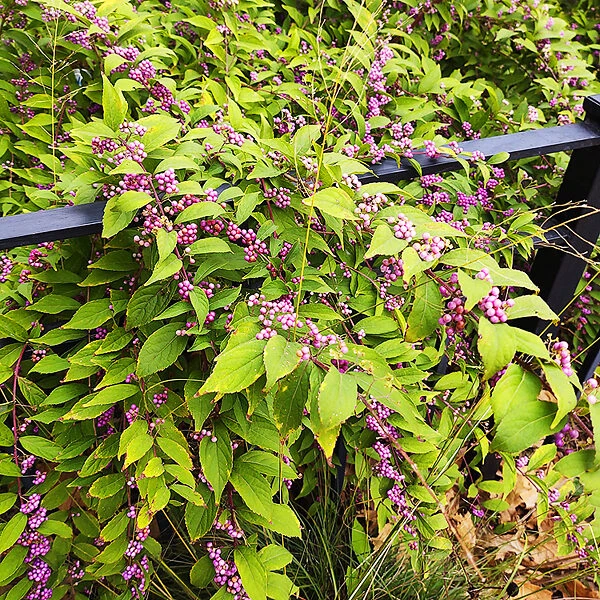
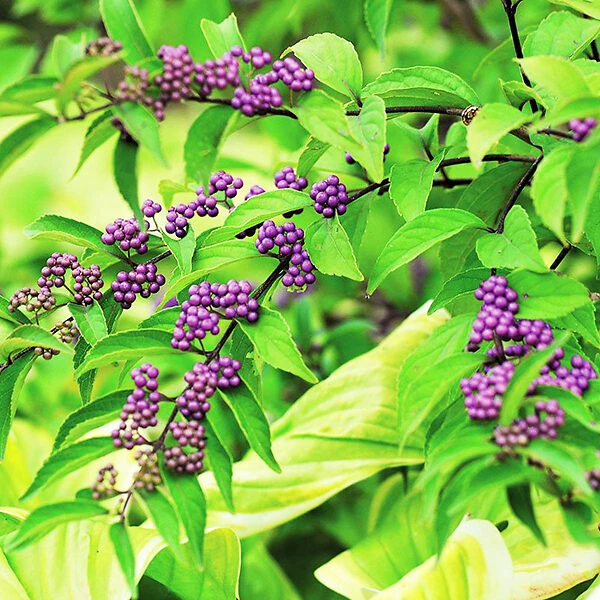
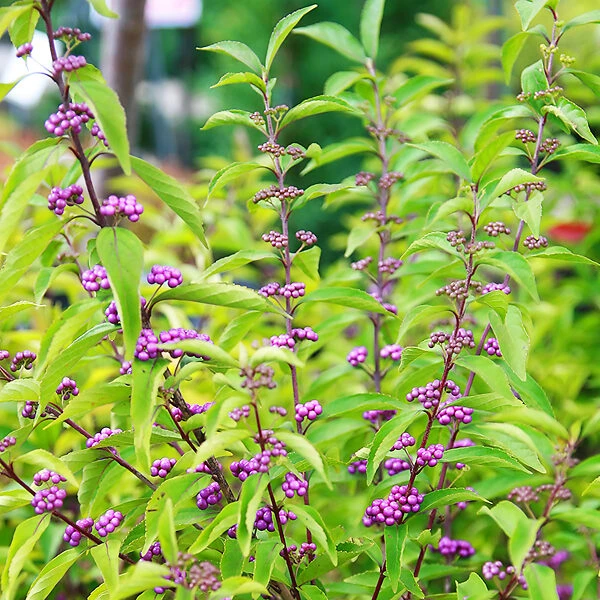

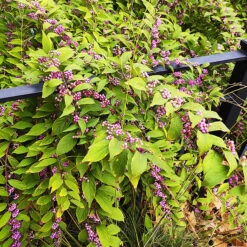




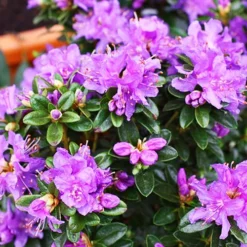
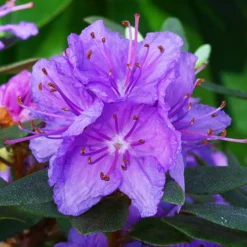

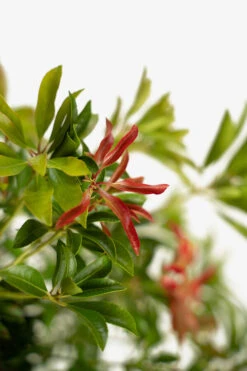

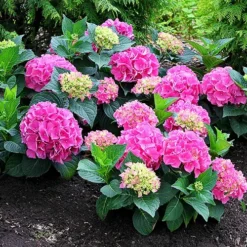
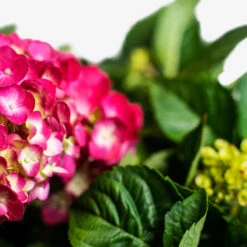



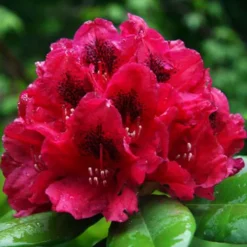

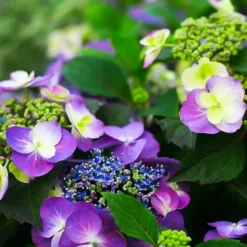
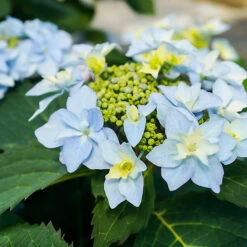
Reviews
There are no reviews yet.